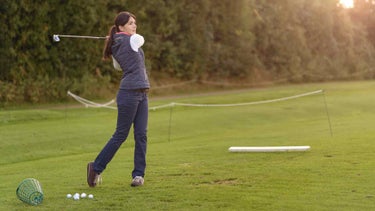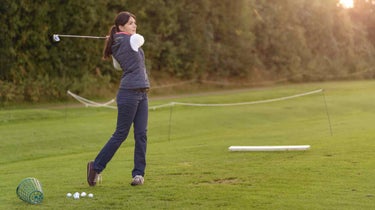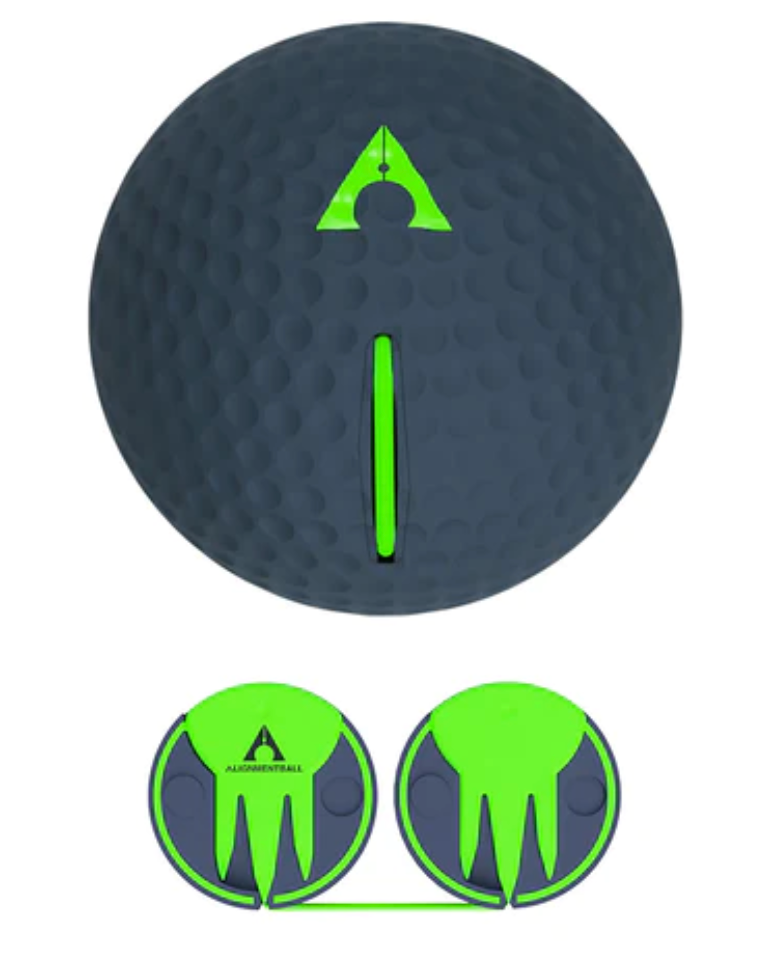Hana Wakimoto shot a 4-under 68 to maintain her lead after the second round of the LPGA’s Toto Japan Classic.
10 basic skills you MUST have to be a complete golfer from tee to green

You need a certain level of proficiency across several shot types to play golf well. Here are 10 of those shots, plus how to play them.
The post 10 basic skills you MUST have to be a complete golfer from tee to green appeared first on Golf.
You need a certain level of proficiency across several shot types to play golf well. Here are 10 of those shots, plus how to play them.
The post 10 basic skills you MUST have to be a complete golfer from tee to green appeared first on Golf.
Much like you need every piece in the box to finish a puzzle, there are several fundamental shots you must be able to execute to be a complete golfer. This is not say that you need to be great at all of them — maybe you’re more comfortable chipping than pitching, or hitting a fade versus a draw — but you will need a certain level of proficiency across several shot types to play golf well. Here are 10 of those shots, plus a reminder about how to be successful with each.
1. Tee shot
A great drive sets the stage for a successful hole. Long and straight will leave you with a shorter club into the green and helps to build confidence. Positioning your ball more forward in your stance and allowing your shoulders to tilt away from the target — with your lead shoulder higher and trail shoulder lower — will help you maximize contact and distance.
2. Fairway wood
Unless you are a long hitter, you’ll need to be able to reliably hit a fairway wood. For most golfers, the extra distance provided by a fairway wood (versus a long iron or hybrid) is an essential tool. If you don’t generate much speed and need help launching the ball, you can choose a more friendly FW like a 7 or 5. Find a fairway wood you like and spend a bit of extra practice time gaining confidence. If you are good with your fairway woods, it’s likely you will be successful throughout your set.
3. Solid iron
In most cases, you’ll be hitting an iron with your approach into the green, so these clubs will determine the length of your first putt. Center-faced iron contact has much to do with balance produced by a solid setup. If your posture is good and you are able to stay in balance throughout your swing so that you can hold your finish, you will hit more greens on your approaches.
4. Basic chip
Even the basic definitions of short-game shots can be confusing. A chip is a stroke motion (looks like putting) where your ball will roll equal to or more than the distance than it carries. Since the stroke is short, you should take a narrower stance and grip down. Your ball position should be relatively centered or slightly back with your weight and upper body leaning toward the target. This shorter stroke should hit the ground so that the ball gets up into the air and then rolls. Your ball’s percentage of time in the air versus roll and total distance will be determined by club selection. A pitching wedge will produce about 1/3 carry and 2/3 roll. The most reliable way to control distance when chipping is to simply change your club selection, which will alter your percentage of roll.
5. Basic pitch
With a pitch shot, your ball will carry more than it rolls. This is the shot you should choose when you have an obstacle to carry and you want the ball to stop quickly. You should use a club with bounce — i.e., your lob, sand and gap wedge. Your setup should be relatively neutral with your club centered in your body, including the clubhead and handle. Your club should hit the ground to get the ball to launch, and you want to make sure you allow your weight to be forward at impact so that the club can brush the grass after the ball. Club selection and length of backswing will help to control distance.
6. Greenside bunker shot
Greenside bunker shots are somewhat intimidating, but you’ll need to hit them well to have a complete game. You’ll need to take sand and also be willing to make a full swing; one without the other will not work. Much like pitching, you’ll need to use a lofted club with bounce so that the club will glide through the sand. Position your ball more forward in your stance and nestle your feet into the sand, then take a full swing that will throw the sand out of the bunker and onto the green. This motion will help you generate enough speed to get the ball out. Try experimenting without the ball. Once you can throw the sand out of the bunker with a wedge, you will be ready to hit successful greenside bunker shots.
7. Fairway bunker shot
When you hit a fairway bunker shot, you want to make clean contact with the ball before your club hits the sand. To make proper ball-then-sand contact, use a more neutral ball position, little to no lateral motion on your backswing and a solid finish on your forward foot.
8. Bad lie strategy
When your ball is sitting down in long grass, on pine straw or in a divot hole, you need to have a strategy to get back into play. There is one basic setup adjustment you can make: By placing your weight more forward and tilting your shoulders toward the target with your lead shoulder lower, this steeper angle of attack will help the club to hit the ball first and then the ground, helping you to escape any tricky lies.
9. Lag putt
Distance control in putting is key to being a great golfer. Using proper stroke length as a distance controller will help you. Hit longer putts on the practice green with the goal of two-putting or better 18 times in a row. This will help you to improve your distance control and eliminate three-putts.
10. Short putt
Being able to make your short putts is so important to scoring — and also helping you to avoid frustration. Good technique is important but so is aiming your putter face properly. There are plenty of training aids to help you aim your putter well, but one of my faves is the alignment ball. I like this tool because it is small and fits into my bag, and helps me to set my body lines parallel and correct. It also helps with my putter path and staying still during my stroke as I can see the ball rolling down the line with my peripheral vision.
Alignment Ball
There are some shots you will like more than others and you can tailor your course management around your strengths and weaknesses, but during any given round you’ll need to hit all of the shots mentioned above. Become proficient with each and good scores will follow.
The post 10 basic skills you MUST have to be a complete golfer from tee to green appeared first on Golf.




